
Magic Realism - II
Pyke Koch
1901 – 1991
Pyke Koch
Pieter Frans Christiaan Koch, better known as Pyke Koch (July 15, 1901 – October 27, 1991), was a Dutch artist who painted in a magic realist manner.
Pyke Koch and the painter Carel Willink are considered to be the foremost representatives in the Netherlands of Magic Realism, a style of painting in which the scenes depicted seem realistic yet uncanny or unlikely.
His paintings show many details. Some art historians, notably Carel Blotkamp, have suggested that these details may contain hidden messages and references to his personal life. The work does contain many references to earlier periods in the history of art. He was very much inspired by painters of the Italian quattrocento, most notably the work of Piero della Francesca.
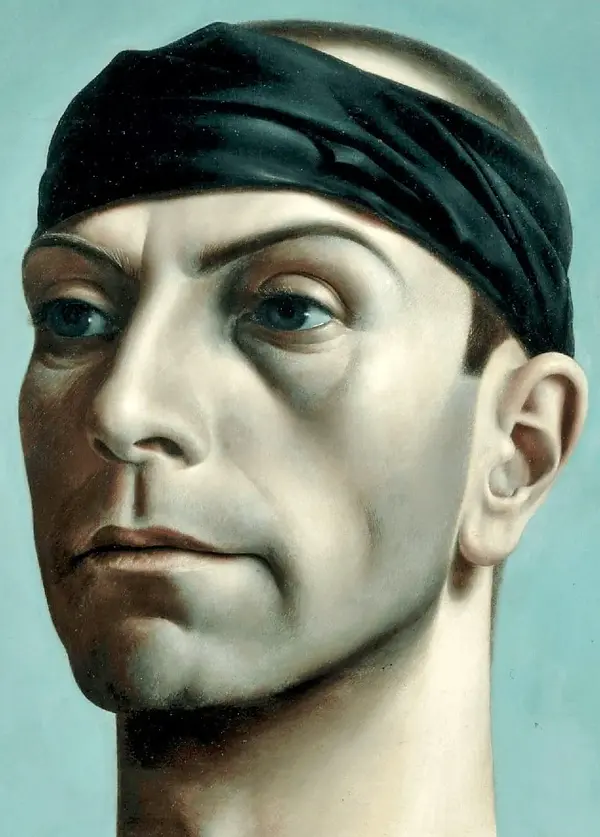
Pyke Koch

Pyke Koch

Pyke Koch

Pyke Koch

Pyke Koch

Pyke Koch

Pyke Koch

Pyke Koch
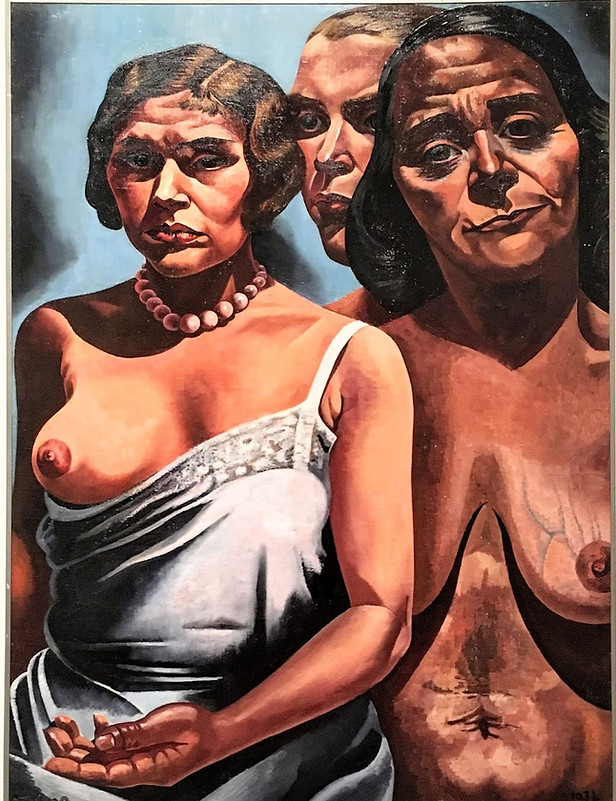
Pyke Koch

Pyke Koch
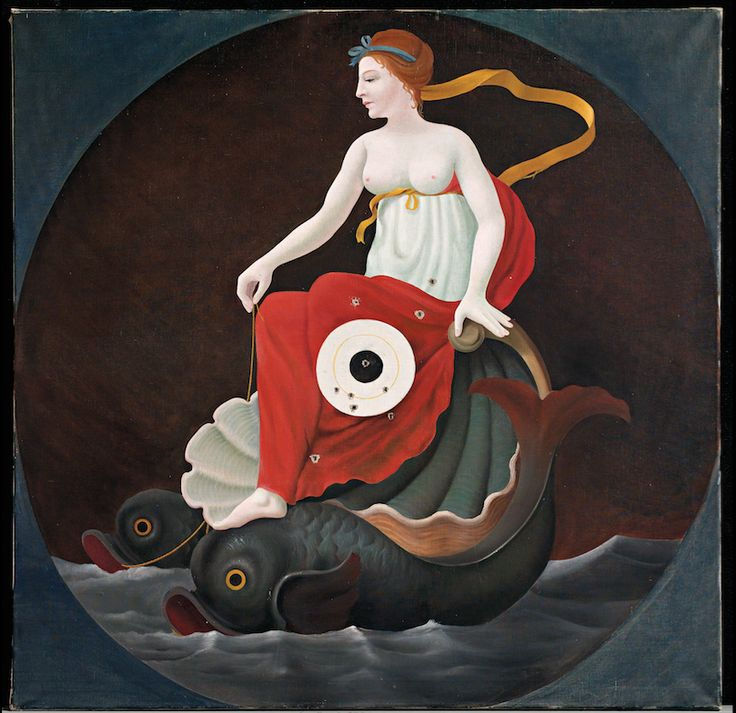
Pyke Koch

Pyke Koch

Pyke Koch

Pyke Koch

Pyke Koch

Pyke Koch

Pyke Koch

Pyke Koch

Pyke Koch

Pyke Koch

Pyke Koch

Pyke Koch

Pyke Koch

Pyke Koch
Balthus
1908 – 2001
Balthus
(February 29, 1908 in Paris – February 18, 2001 in Rossinière, Switzerland)
French painter, illustrator and stage designer. Appreciated for many years by only a handful of collectors, and ostensibly out of step with the modern movement, Balthus’s classically inspired work won the recognition and admiration of a wider public only late in his career. Although he received no formal training, he came from a highly artistic family background. His father, Erich Klossowski (1875–1949), was a painter and art historian, born to an aristocratic family in East Prussia and the author of a book on Daumier; his brother, PIERRE KLOSSOWSKI, was to become a painter and writer; and his mother, Elizabeth Spiro, was also a painter. Beginning in 1919, she engaged, under the name of Baladine, in a long-lasting relationship with the poet Rainer Maria Rilke, providing etchings to accompany many of his poems. In this environment Balthus met the writers André Gide and Pierre-Jean Jouve, as well as Pierre Bonnard, who gave him his earliest guidance. Rilke also acted as Balthus’s mentor, writing the preface for an album of drawings by the 13-year-old artist entitled Mitsou (Zurich, 1921), the story of a cat in which narrative themes and stylistic traits of the later work are already apparent.

Balthus

The street
Balthus
1933

Balthus. Reclining Nude
1926

Nude with Pink Jacket
1927

Balthus.The Embankment near Pont-Neuf
1929

Balthus. Pierre and Betty Leyris
1932

Balthus. Alice in the Mirror
1933

Balthus. Cathy Dressing
1933

Balthus. The Fear of Ghosts
1933

Balthus. The Guitar Lesson
1934

Lady Abdy
Balthus
1935

Andre Derain
Balthus
1936
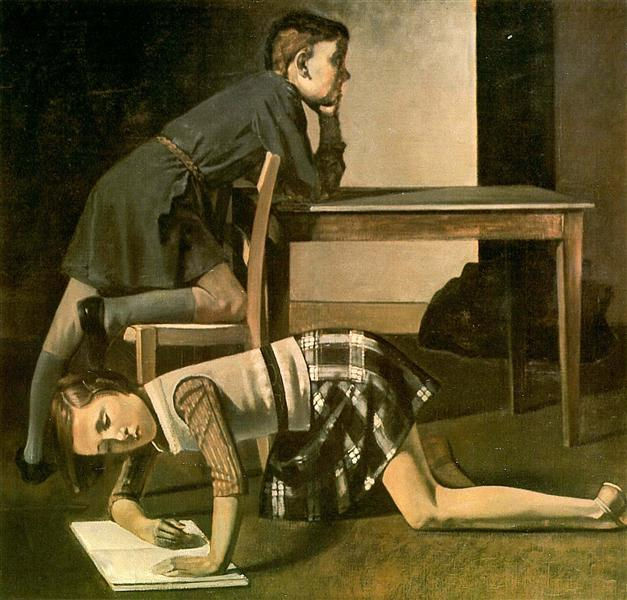
Children
Balthus
1937
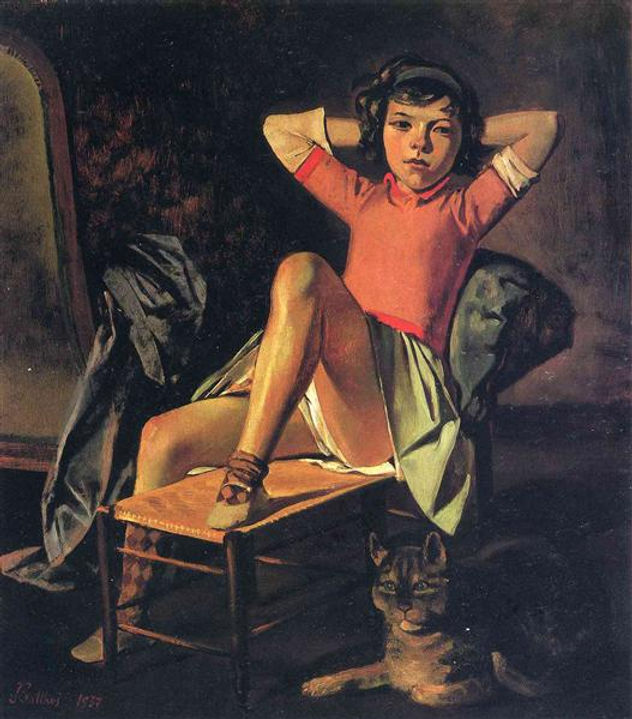
Girl and Cat
Balthus
937

The mountain
Balthus
1937

The white skirt
Balthus
1937

The Victim
Balthus
Original Title: La victime
1938
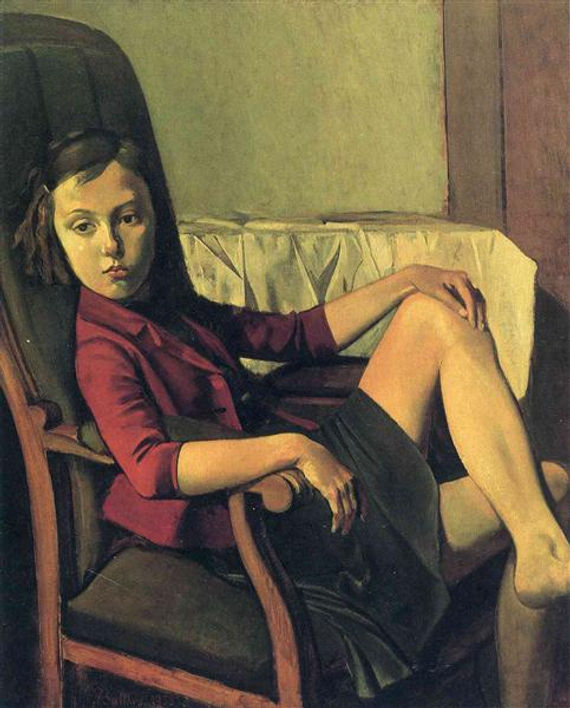
Thérèse
Balthus
1938

Thérèse dreaming
Balthus
Original Title: Thérèse rêvant
1938

Drawing room
Balthus
1942

Still Life with a Figure
Balthus
1942

Patience
Balthus
Original Title: La patience
1943
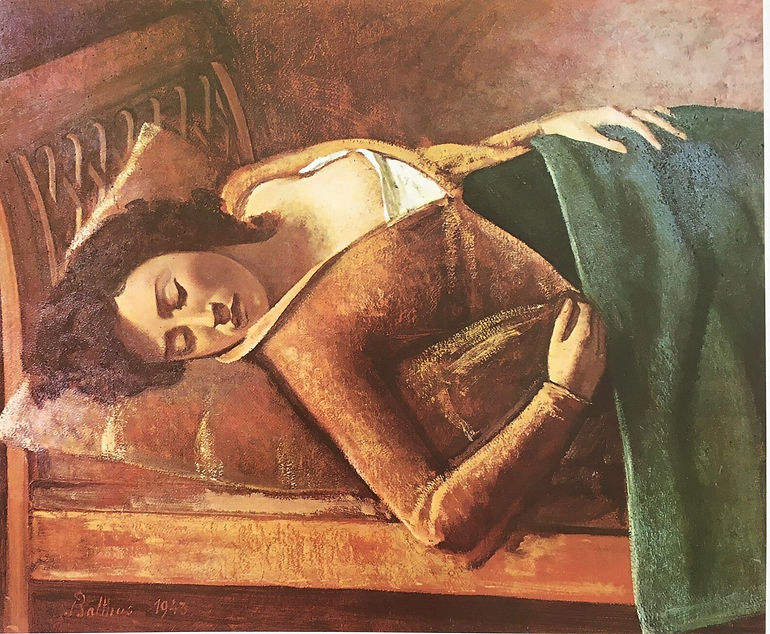
Sleeping Girl
Balthus
1943

The Golden Days
Balthus
Original Title: Les Beaux Jours
c.1944 - c.1945

The Room
Balthus
1948

Nude with Cat
Balthus
Original Title: Nu au chat
1949

The Mediterranean Cat
Balthus
1949

Girl on a Bed
Balthus
c.1950

The cardgame
Balthus
1950

Nude with her arms raised
Balthus
1951
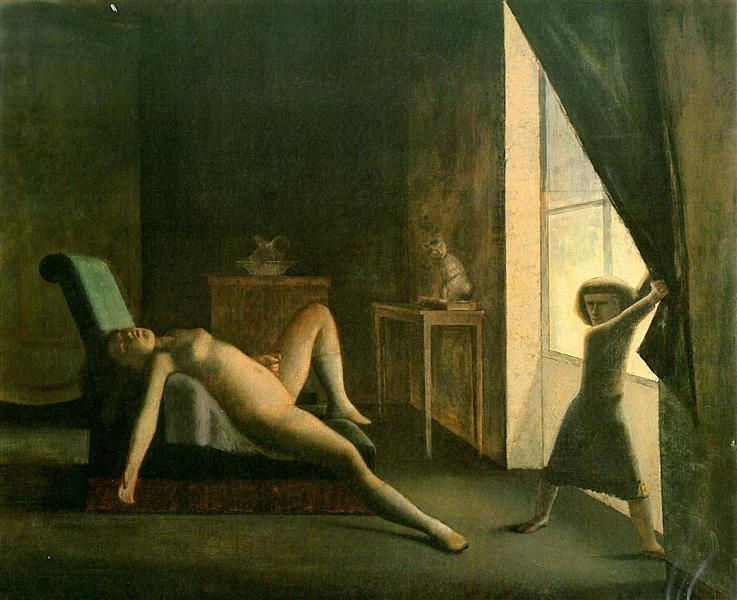
The Room
Balthus
c.1952

The passage of Commerce Saint-Andre
Balthus
1954

Chassy by the fireplace at workshop
Balthus
1955

Figure in Front of a Mantel
Balthus
1955

Getting Up
Balthus
1955

Patience
Balthus
1955

The Dream
Balthus
c.1955

Young girl with white skirt
Balthus
1955

The Golden Fruit
Balthus
1956

The Toilet
Balthus
1957

The Moth
Balthus
1960

The Turkish Room
Balthus
1963

Three sisters
Balthus
c.1965

Japanese Girl with a Black Mirror
Balthus
1967

Japanese Girl with Red Table
Balthus
1967

The cardgame
Balthus
1973

Katia reading
Balthus
1974
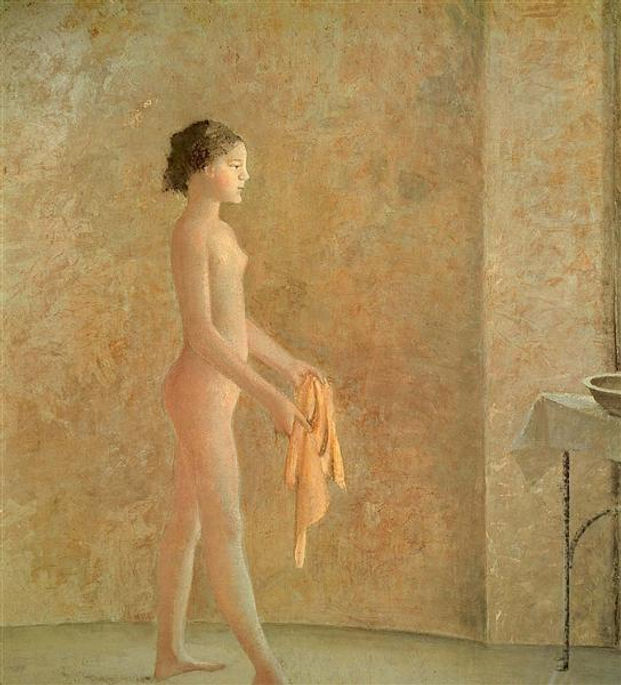
Nude in Profile
Balthus
c.1975
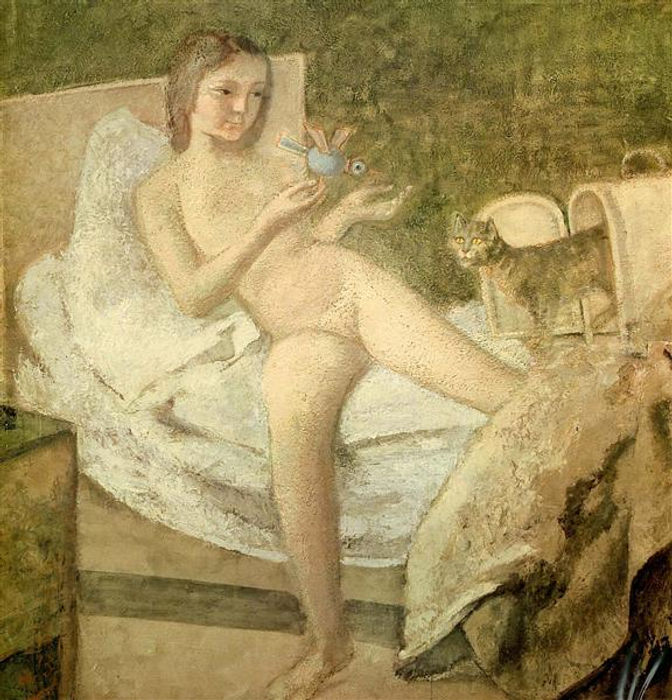
Getting Up
Balthus
c.1977

Nude at Rest
Balthus
1977

The Cat in the Mirror
Balthus
c.1978

Sleeping Nude
Balthus
1980

Painter and his Model
Balthus
1981

Nude with a Silk Scarf
Balthus
c.1982

Nude with a Guitar
Balthus
1986

The Cat in the Mirror
Balthus
1988

The Cat in the Mirror
Balthus
c.1990
Kali
1918 – 1998
Kali (Hanna Weynerowska, born Hanna Gordziałkowska; (December 18, 1918 – June 20, 1998) was a Polish-born American painter known for her stylized portraits. She has been described as one of the most important Polish female painters. She was a World War II veteran of the Polish Resistance Movement after Nazi Germany occupied Poland, when she used the nom de guerre Kali. After emigrating and marrying, she used many variants of name, including "Hanna Kali Weynerowski", "Hanna Weynerowski-Kali", "Hanna Gordziałkowski-Weynerowski", "Hanka Weynerowska", and "Hanna Gordziałkowski", but she signed her paintings Kali.
The figures in her art resemble Old Masters in subject and positioning, but are painted in a simplified, flattened and more graphic manner. The paintings are brightly colored, often portraying the subject shown sitting at bust-length, with an elongated face, flattened body, a patterned element such as part of the clothing, and with the subject's hands positioned in a classical pose. Her work has been likened to a combination of Neo-mannerist and Surrealist.

Kali
Self Portrait

Kali

Kali

Kali

Kali
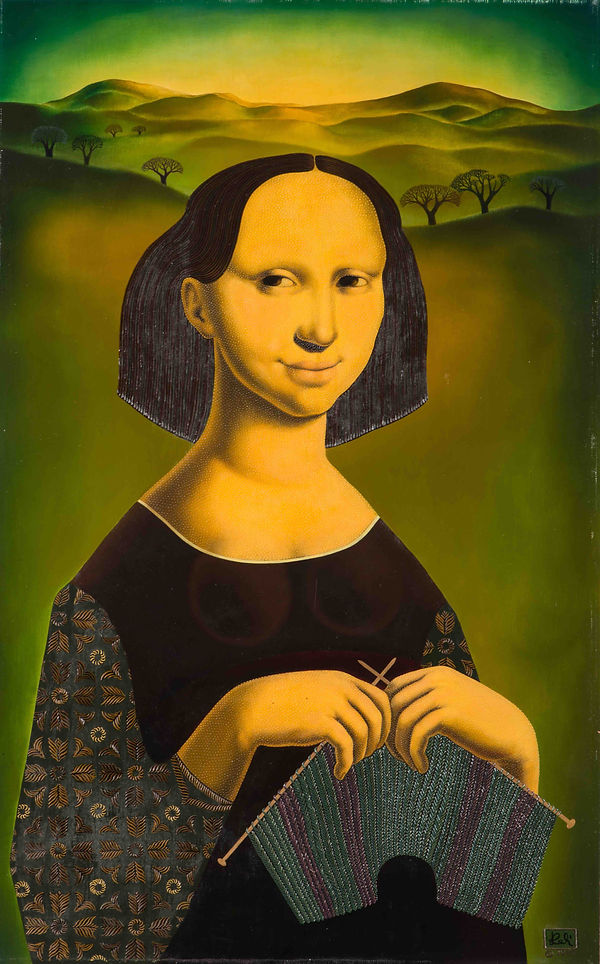
Kali

Kali

Kali

Kali

Kali

Kali

Kali

Kali

Kali

Kali

Kali

Kali

Kali
Antonio Bueno
1918 –1984
Antonio Bueno
(21 July 1918 – 26 September 1984) was an Italian painter of Spanish origin, who acquired Italian citizenship in 1970. He was born in Berlin while his journalist father was posted there by the newspaper ABC of Madrid.
Bueno undertook art studies in Spain and Switzerland. In 1937, he was in Paris, where he exhibited at the Salon des Jeunes; then in 1940 with his brother Xavier, he moved to Italy. After a post-impressionist experience, immediately after World War II he joined the school of Armenian artist Gregorio Sciltian, painting trompe-l'œil work. With Pietro Annigoni and his own brother, Bueno took part in the "Pittori moderni della Realtà (Modern Painters of Reality)" group . A dynamic and restless experimenter, after these experiences he conducted in-depth research in genres: abstract painter in 1950–53 while working as secretary for the Numero magazine; neometaphysic painter with his clay pipe series in 1953–57; verist; materiologic as a follower of Informale with a number of imprint forms in 1960–62; signaletic and pop in the middle of the 1960s; neodada and visual painter – all this as an eternal combinative play of subjects and materials.
Bueno's final affirmation occurred at the Biennale di Venezia of 1984, a few months before his death, when he was already gravely ill: he exhibited a series of magistral work that was highly acclaimed and undoubtedly represents the apex of his whole production.

Antonio Bueno

Antonio Bueno

Antonio Bueno

Antonio Bueno

Antonio Bueno

Antonio Bueno

Antonio Bueno

Antonio Bueno

Antonio Bueno

Antonio Bueno
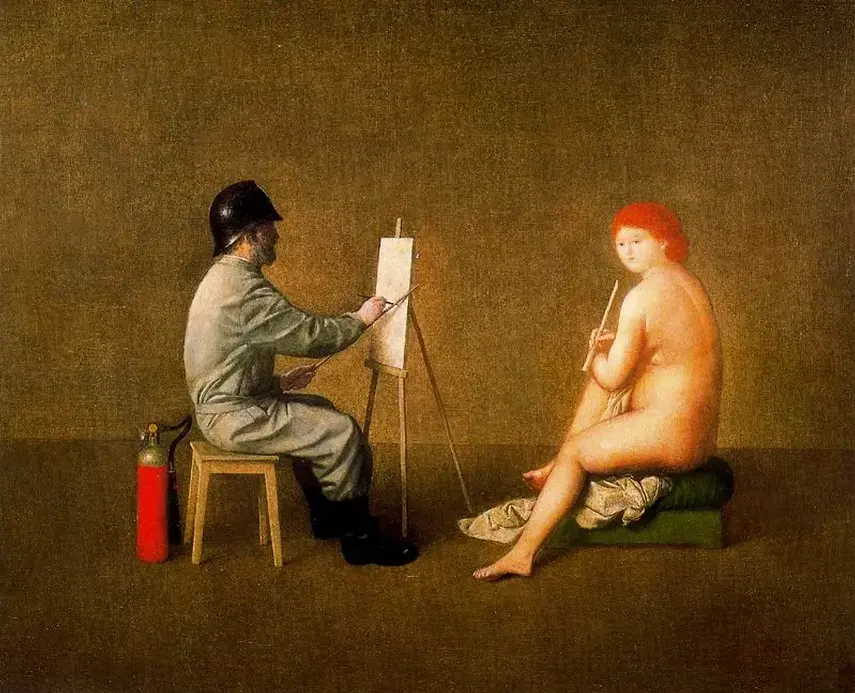
Antonio Bueno

Antonio Bueno

Antonio Bueno
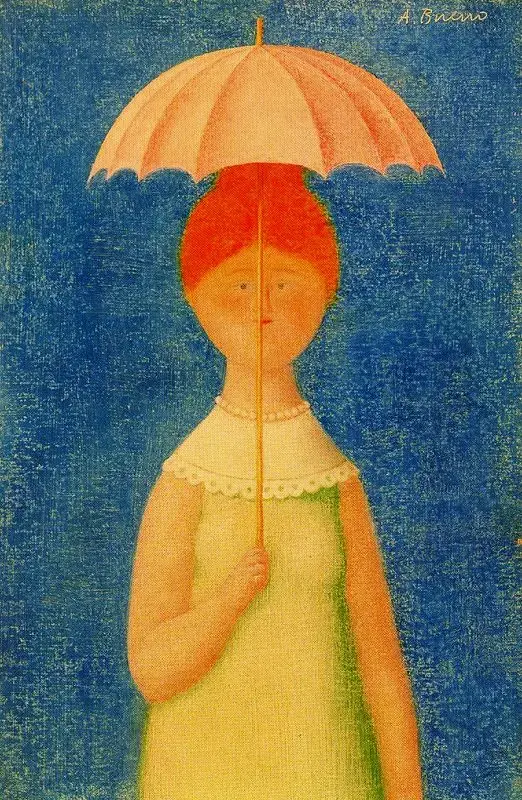
Antonio Bueno

Antonio Bueno

Antonio Bueno

Antonio Bueno

Antonio Bueno

Antonio Bueno

Antonio Bueno

Antonio Bueno

Antonio Bueno

Antonio Bueno

Antonio Bueno

Antonio Bueno

Antonio Bueno

Antonio Bueno

Antonio Bueno

Antonio Bueno
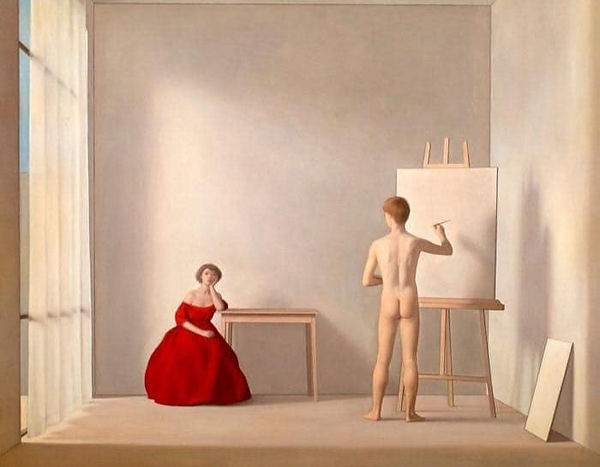
Antonio Bueno
George Tooker
1920 – 2011

George Tooker
George Clair Tooker, Jr. (August 5, 1920 – March 27, 2011) was an American figurative painter. His works are associated with Magic realism, Social realism, Photorealism, and Surrealism. His subjects are depicted naturally as in a photograph, but the images use flat tones, an ambiguous perspective, and alarming juxtapositions to suggest an imagined or dreamed reality. He did not agree with the association of his work with Magic realism or Surrealism, as he said, "I am after painting reality impressed on the mind so hard that it returns as a dream, but I am not after painting dreams as such, or fantasy."[2] In 1968, he was elected to the National Academy of Design and was a member of the American Academy of Arts and Letters. Tooker was one of nine recipients of the National Medal of Arts in 2007.

Coney Island
George Tooker
1947

The Subway
George Tooker
1950

Government Bureau
George Tooker
1956
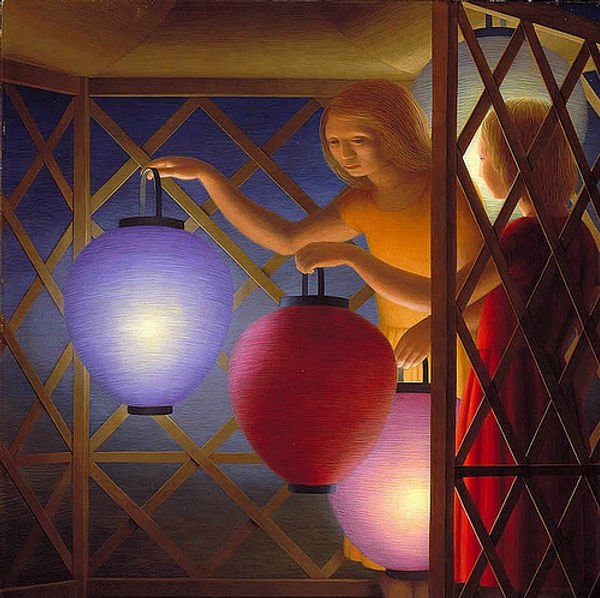
In the Summerhouse
George Tooker
1958

The Waiting Room
George Tooker
1959

Mirror II
George Tooker
1963

Lunch
George Tooker
1964
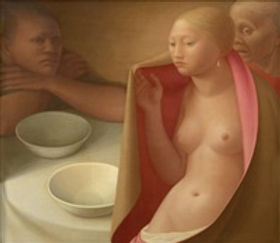
George Tooker
Table I, 1959

George Tooker
Untitled

George Tooker
Voice I
1972

George Tooker
Voice II
1972

George Tooker
"Embrace"

George Tooker
"Embrace"
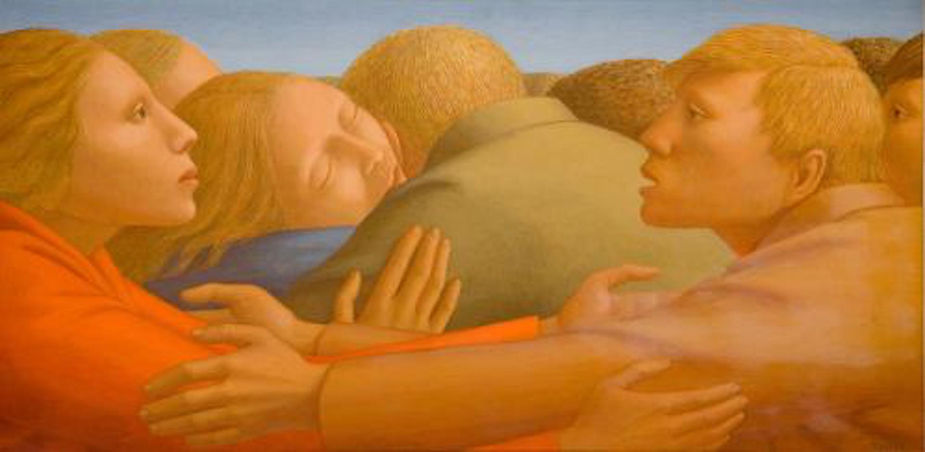
George Tooker
"Embrace"

George Tooker
"Embrace"
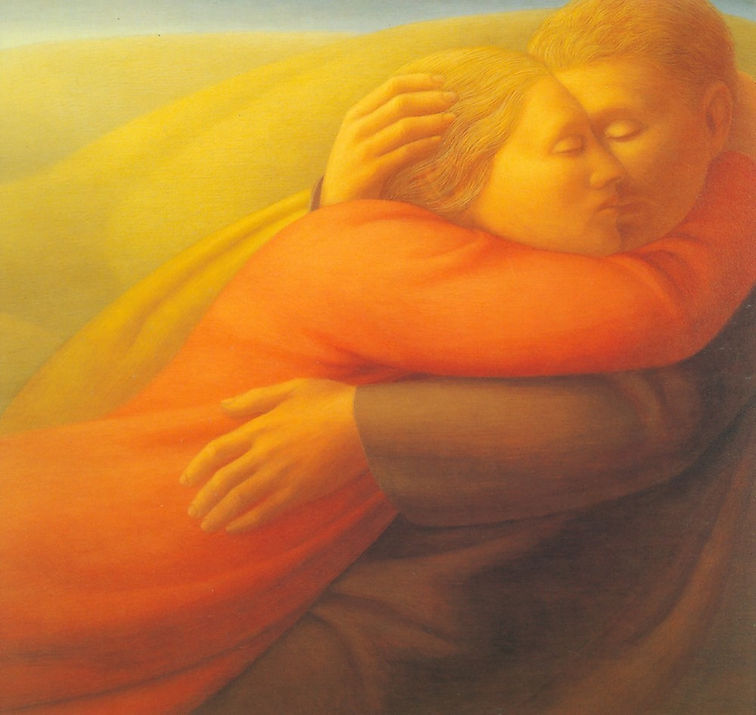
George Tooker
"Embrace"
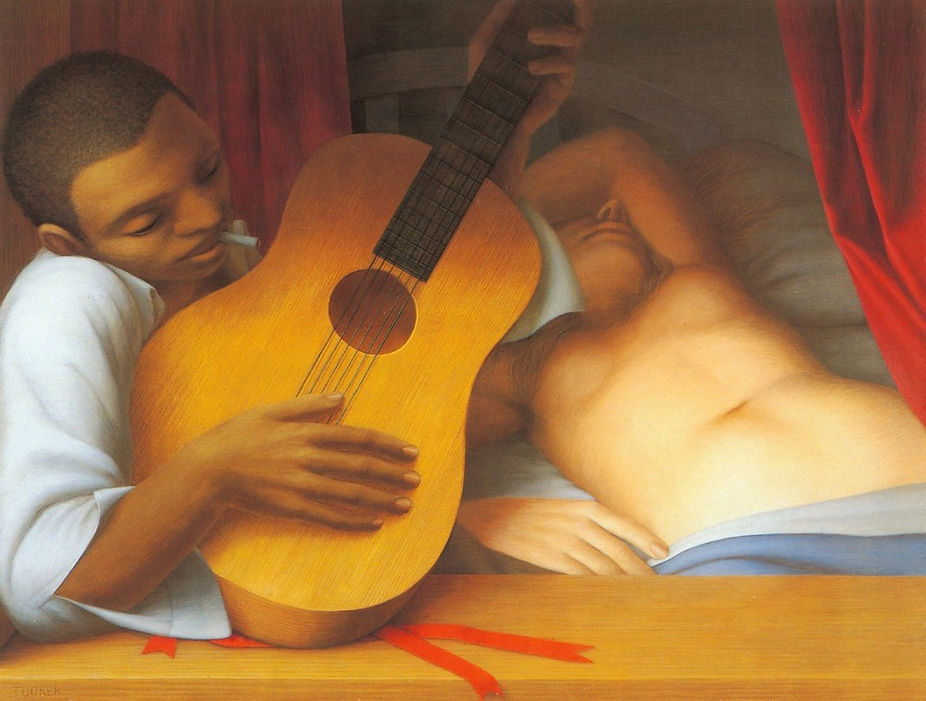
George Tooker
Guitar
1957
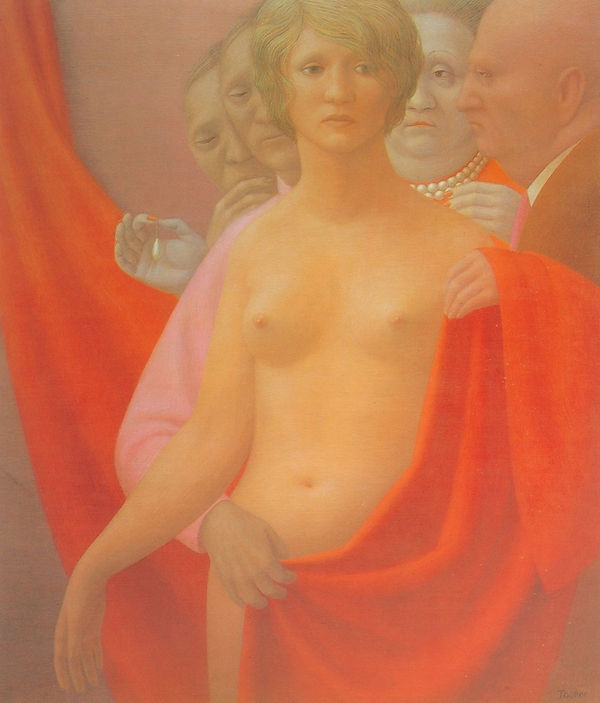
George Tooker
Toilette
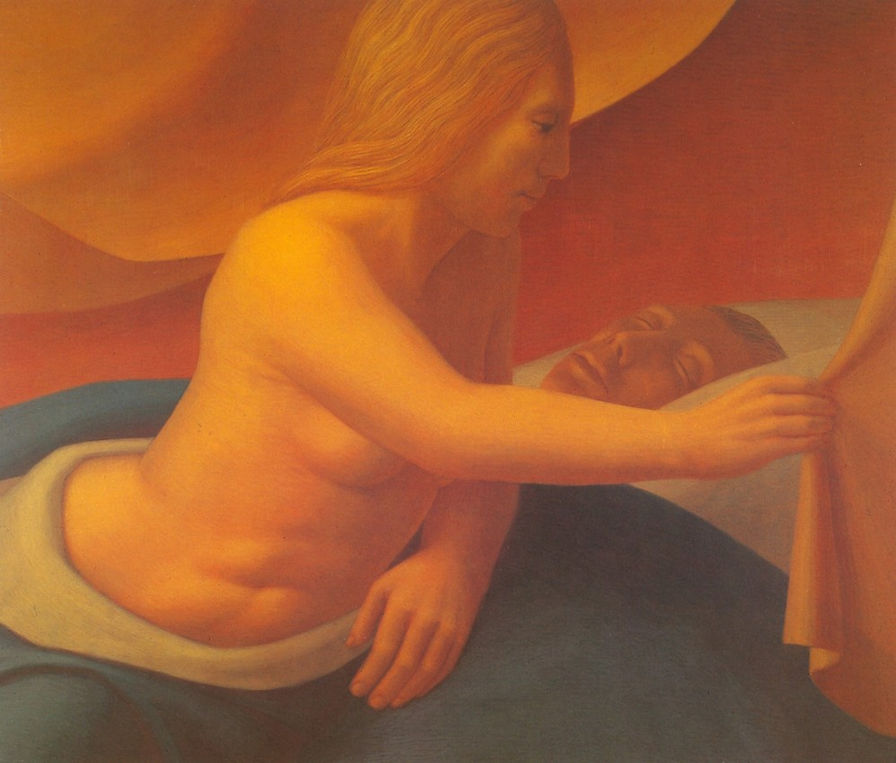
George Tooker
Untitled

George Tooker
Bathers
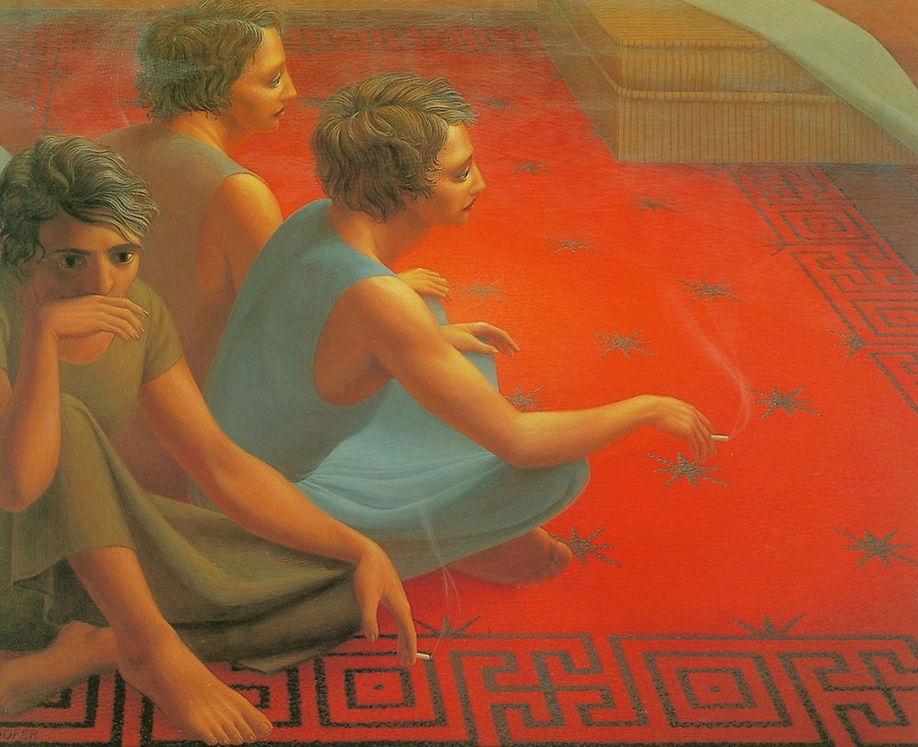
George Tooker
Red Carpet
Leonardo Cremonini
1925-2010

Leonardo Cremonini
(1925-2010) was an Italian visual artist.
Leonardo Cremonini was the son of a railway worker who taught him the basics of painting. In 1935, his father had to relocate to Calabria for professional reasons. The Tyrrhenian coast where Cremonini would grow up would have a profound impact on his later work. Supported by a grant from the Collegio Venturoli he studied from 1932 to 1936 at the Academy of Fine Arts in Bologna, and then at the Brera Academy in Milan. In 1948 he had his first exhibition in Verona. In Bologna he met Giorgio Morandi. Through him he received another scholarship, which in 1951 enabled him to stay in Paris. His first clients he found in the USA; due to an exhibition in the gallery of Catherine Viviano in 1952. This gallery hosted three more exhibitions of his work during the next ten years.
In 1960 an exhibition of his works at the Parisian 'Galerie du Dragon' brought him to the attention of the French public. During the 1960s he joined the ranks of the Figuration Narrative movement in French art. His art was well received and gained critical appreciation by a number of known French and Italian writers and literary figures such as Louis Althusser, Michel Butor, Italo Calvino, Régis Debray and Marc Le Bot. The latter gave him a book and an entire lecture schedule in his course about the history of contemporary art at the University of Paris I. Cemonini exhibited the Venice Biennale in 1964.
.png)
Leonardo Cremonini
Figure, 1951
.png)
Leonardo Cremonini
Seated Figure, 1957
.png)
Leonardo Cremonini
Mineralanalogie - Mineral analogies
.png)
Leonardo Cremonini
Les Jeux Tardifs
.png)
Leonardo Cremonini
Hide and seek
.jpg)
Leonardo Cremonini

Leonardo Cremonini

Leonardo Cremonini
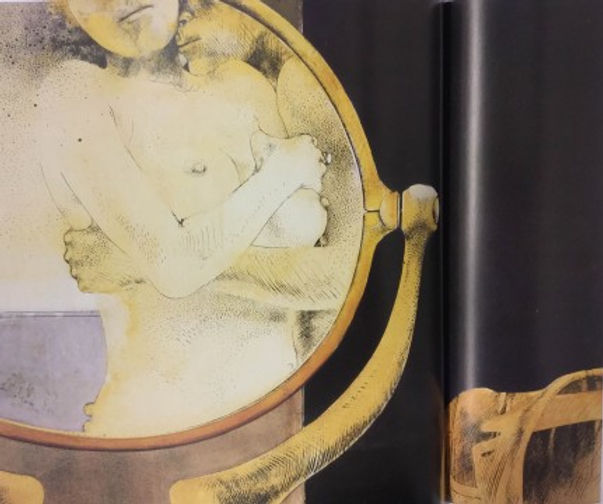
Leonardo Cremonini

Leonardo Cremonini
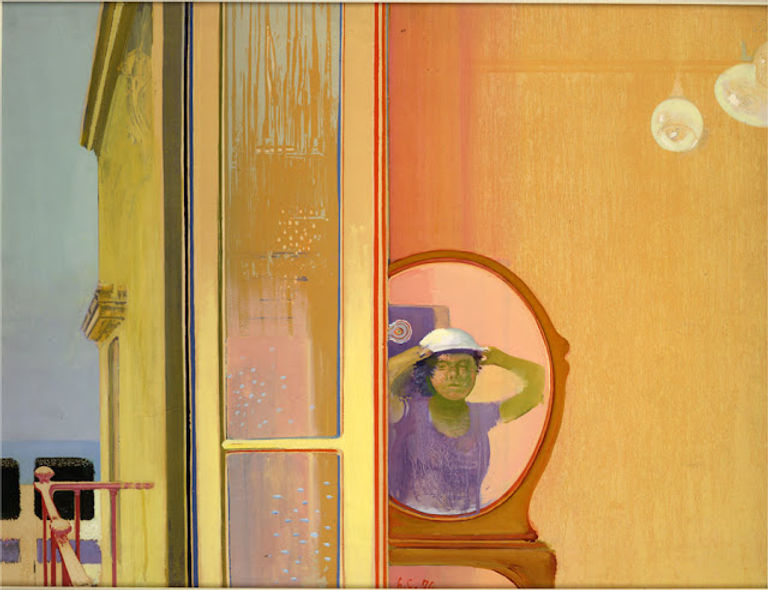
Leonardo Cremonini

Leonardo Cremonini

Leonardo Cremonini

Leonardo Cremonini

Leonardo Cremonini

Leonardo Cremonini
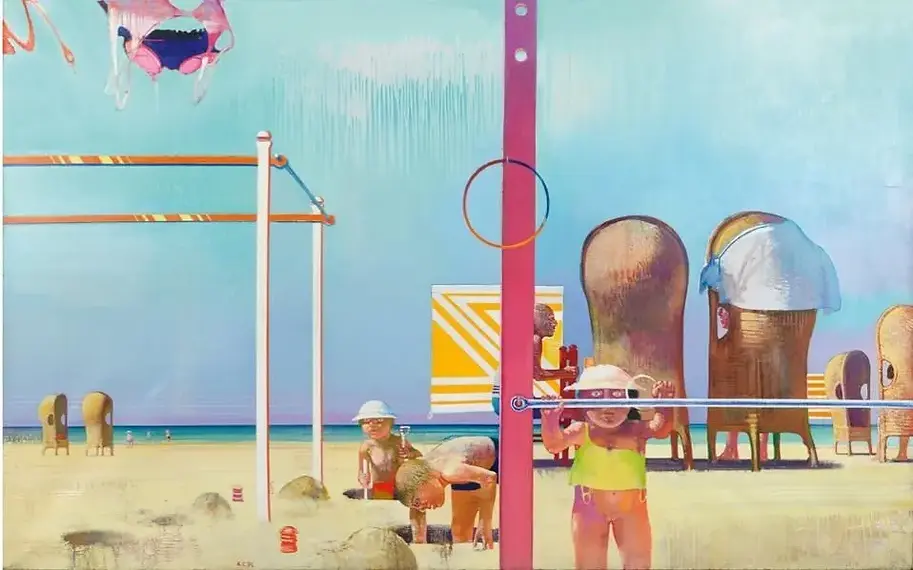
Leonardo Cremonini

Leonardo Cremonini
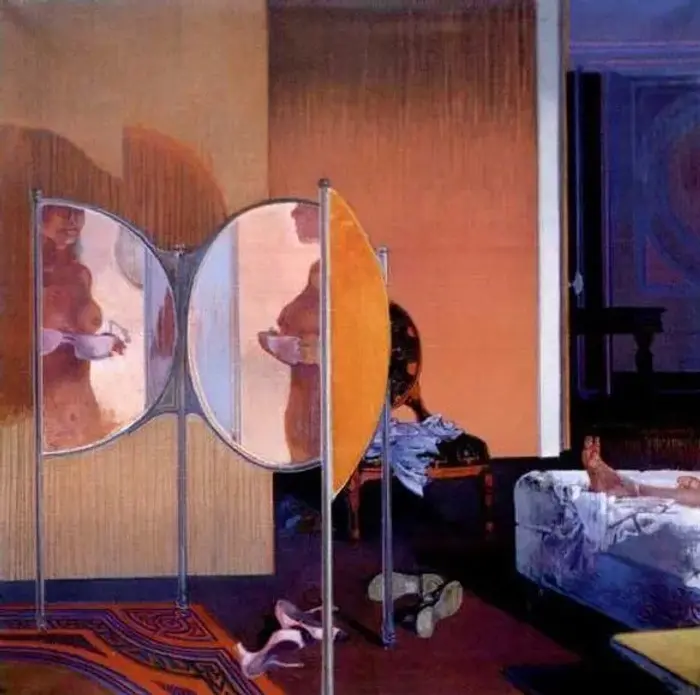
Leonardo Cremonini

Leonardo Cremonini

Leonardo Cremonini
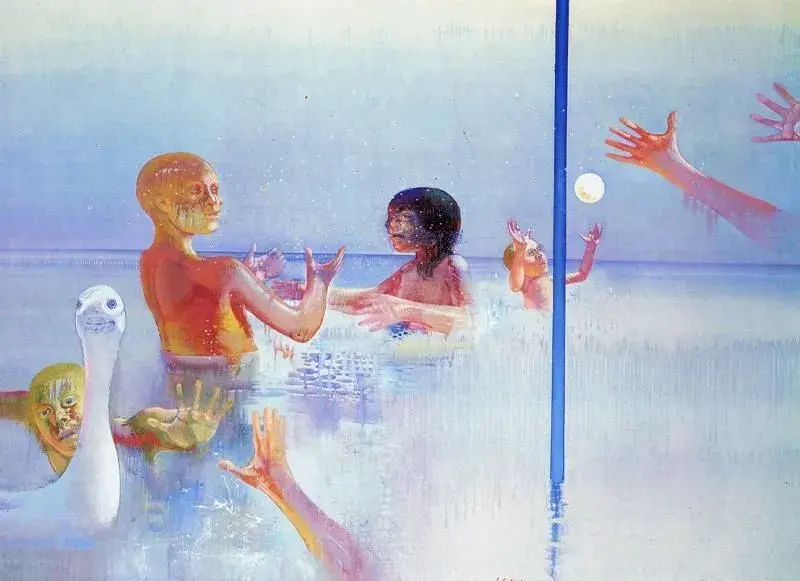
Leonardo Cremonini

Leonardo Cremonini
Friedensreich Hundertwasser
1928 - 2000

Friedensreich Hundertwasser
Regentag Dunkelbunt (bürgerlich: Friedrich Stowasser, * 15. Dezember 1928 in Wien; † 19. Februar 2000 an Bord der Queen Elizabeth 2 vor Brisbane) war ein österreichischer Künstler, der vorrangig als Maler, aber auch in den Bereichen Architektur und Umweltschutz tätig war. Seinen Künstlernamen Hundertwasser bildete er 1949 aus seinem bürgerlichen Namen durch die scheinbare Eindeutschung der ersten Silbe – sto ist in slawischen Sprachen das Wort für „hundert“. Den künstlerischen Vornamen Friedensreich leitete er aus seinem Taufnamen Friedrich (Fried = Frieden mit dem Fugen-s und von rich = reich) ab.
Er trat zeitlebens als Gegner der „geraden Linie“ und jeglicher Standardisierung auf, was insbesondere bei seinen Arbeiten im Bereich der Baugestaltung bedeutsam ist, die sich durch fantasievolle Lebendigkeit und Individualität, vor allem aber durch die Einbeziehung der Natur in die Architektur auszeichnen.
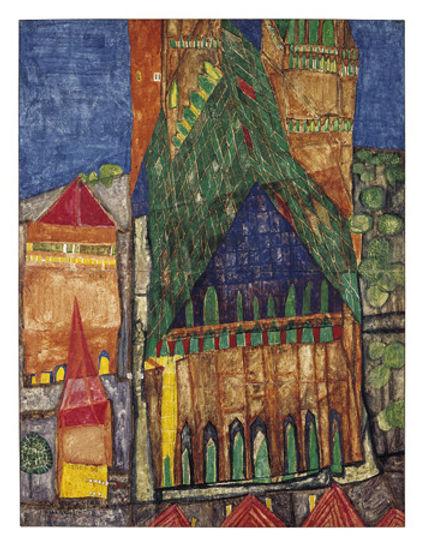
104 Cathedral I
Friedensreich Hundertwasser
1951

155 Three High Houses
Friedensreich Hundertwasser
1953

211 Moroccan Jewess
Friedensreich Hundertwasser
1954

221 Arabian Woman
Friedensreich Hundertwasser
1955

224 The Big Way
Friedensreich Hundertwasser
1955

227 A Raindrop Which Falls into the City
Friedensreich Hundertwasser
1955

421 The Tower of Babel Pierces the Sun
Friedensreich Hundertwasser
1959

398 The Mosque
Friedensreich Hundertwasser
1959

150 Singing Steamer in Ultramarine III
Friedensreich Hundertwasser
1959

433 The I Still Do Not Know
Friedensreich Hundertwasser
1959 -1960

484A Houses in Rain of Blood
Friedensreich Hundertwasser
1961

567 Three-Eyed Green Buddha with Hat
Friedensreich Hundertwasser
1963
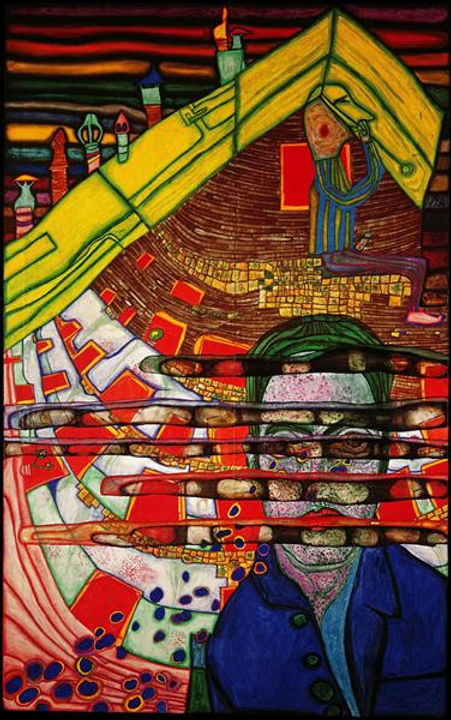
622 Mourning Schiele
Friedensreich Hundertwasser
1965
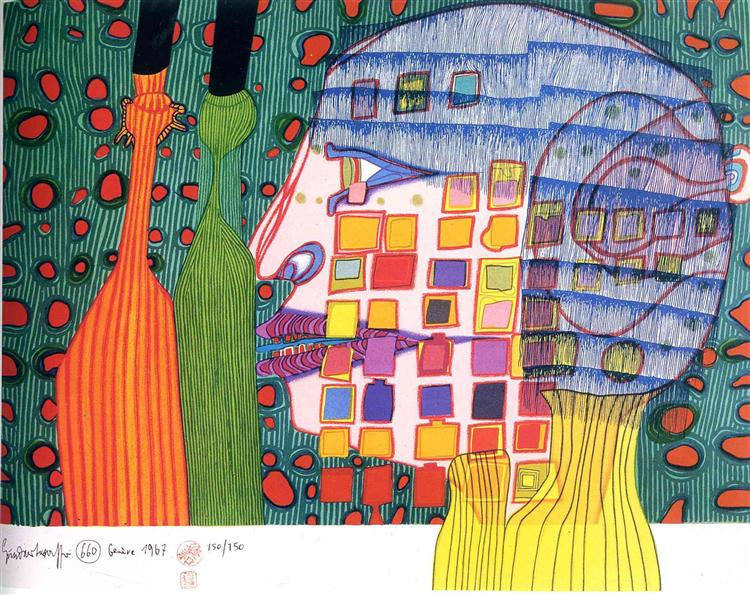
660 Shadow of the Stars
Friedensreich Hundertwasser
1967

433 The I Still Do Not Know
Friedensreich Hundertwasser
1959 -1960

687A Columbus Rainy Day in India
Friedensreich Hundertwasser
1972

728 Meadowman
Friedensreich Hundertwasser
1974

738 Grass For Those Who Cry
Friedensreich Hundertwasser
1975

Hauskatze
Friedensreich Hundertwasser
Carlo Maria Mariani
1931 – 2021
Carlo Maria Mariani
(25 July 1931 – 19 November 2021) was an Italian painter.
His paintings are rooted both in neoclassicist theory and modernism. In the 1970s he defended his choice of medium from attacks by art critics by making parallels between the melancholy for the past of neoclassicism and the then trendy conceptual art. He received international attention in the 1980s with what was called pittura colta ("cultivated painting") and la Nuova Maniera ("The New Style") in Italy, in which he employed old subjects and styles. Among other things he depicted Andy Warhol as Napoleon and made "improved" and "corrected" versions of works by Leonardo da Vinci and Raphael. One of his most famous paintings is The Constellation of Leo (1980–1981), a group portrait of people from Italy's art world, which is in the collection of the Galleria Nazionale d'Arte Moderna in Rome.
In the United States, Mariani's works were called postmodernism; the American art critic Hal Foster made a distinction between postmodernisms rooted in "reaction" and "resistance", and placed Mariani with his shameless use of "worn-out" styles in the former category. William Wilson of the Los Angeles Times described a Mariani exhibition in Los Angeles in 1992 as "an extraordinarily complex, beautifully executed attempt to make classical drawing and painting meaningful again."

Carlo Maria Mariani

Carlo Maria Mariani

Carlo Maria Mariani
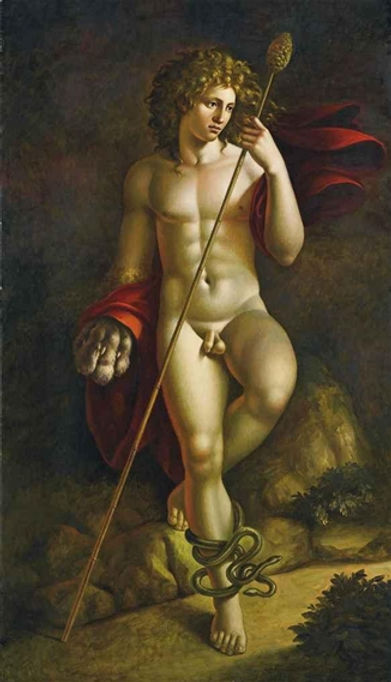
Carlo Maria Mariani

Carlo Maria Mariani
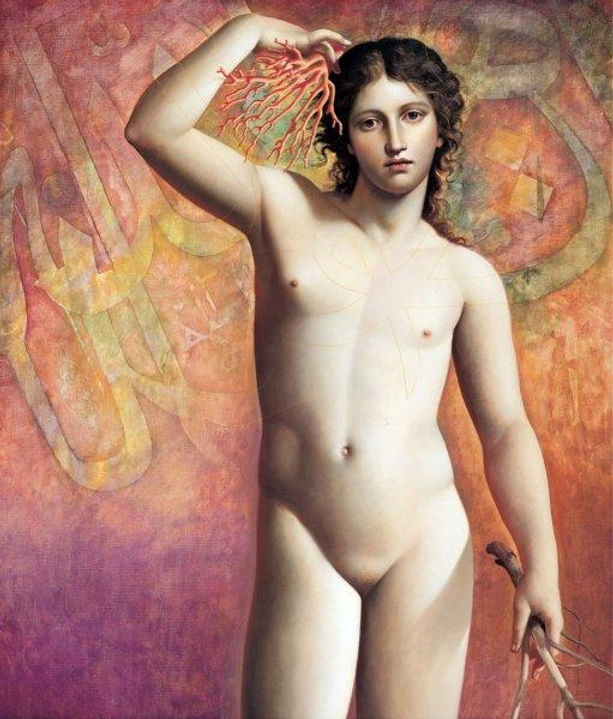
Carlo Maria Mariani

Carlo Maria Mariani

Carlo Maria Mariani

Carlo Maria Mariani

Carlo Maria Mariani
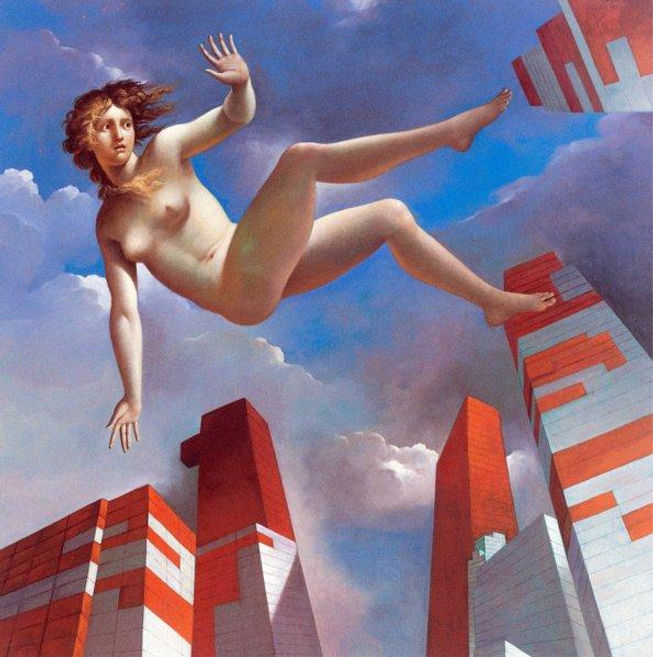
Carlo Maria Mariani

Carlo Maria Mariani

Carlo Maria Mariani

Carlo Maria Mariani

Carlo Maria Mariani

Carlo Maria Mariani

Carlo Maria Mariani

Carlo Maria Mariani

Carlo Maria Mariani

Carlo Maria Mariani

Carlo Maria Mariani
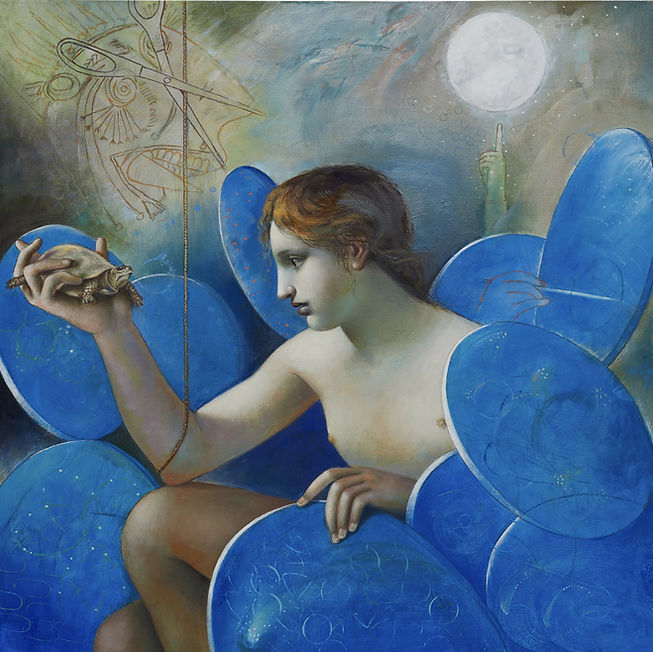
Carlo Maria Mariani

Carlo Maria Mariani

Carlo Maria Mariani
Mario Donizetti
b.1932

Mario Donizetti
Mario Donizetti
(23 January 1932) is an Italian painter and essayist from Bergamo, Lombardy.
Scientific technical researches have led Donizetti to use innovative techniques for his works such as varnished and glazed egg-yolk tempera as well as his personal encausto and his "encaustic pastel".
In 1977 Donizetti founded the Centre for Research Techniques of Arts and in 2003 the "Donizetti School-Museum" online. Donizetti also contributes to newspapers and magazines with essays on aesthetics and diagnosis of restoration.
In 1983 an anthological exhibition of his work was held in the halls of the Biblioteca Ambrosiana in Milan.
Donizetti's notable works include the "Crucifix" in The Treasury Museum of the Vatican Basilica; the frescos and the altar piece in the historical Basilica in Pontida; the portrait of Pope John Paul II (now part of the National Portrait Gallery (United States) collection in Washington, D.C.) and published on the covers of Time (magazine); "Commedia dell'Arte" in the "Spajani Raccolta" GAMEC in Bergamo; and "La Carità" in the "Margherita Cassis Faraone Collection".

Mario Donizetti
Ritratto di Simona Valtellina

Mario Donizetti
La passeggiata

Mario Donizetti
Il risveglio

Mario Donizetti
Ritratto di Nicolangela Pavan

Mario Donizetti
Portrait of Costanza

Mario Donizetti
Young Mother

Mario Donizetti
"DELIZIA FISICA E DELIZIA INTELLETTUALE"

Mario Donizetti
Ha voluto sapere
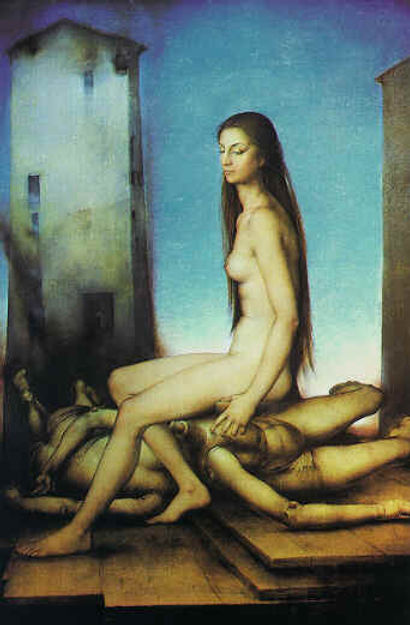
Mario Donizetti
THE SEVEN DEADLY SINS
PRIDE

Mario Donizetti
THE SEVEN DEADLY SINS
ENVY

Mario Donizetti
THE SEVEN DEADLY SINS
SLOTH

Mario Donizetti
THE SEVEN DEADLY SINS
AVARICE

Mario Donizetti
THE SEVEN DEADLY SINS
WRATH

Mario Donizetti
THE SEVEN DEADLY SINS
LUST

Mario Donizetti
THE SEVEN DEADLY SINS
GREED

Mario Donizetti
Don Chisciotte

Mario Donizetti
San Giuseppe

Mario Donizetti
Old man with hat and flowers

Mario Donizetti
Profilo di vecchio

Mario Donizetti
Nudo disteso

MARIO DONIZETTI
Estimate

Mario Donizetti
Portrait
Branko Bahunek
b.1935

Branko Bahunek
Branko Bahunek was born 1935 in Zagreb, Croatia, the second of five children of Antun Bahunek, a noted painter. Studied at Arts-and-crafts school in his native town.
Under Professor Šebalj’s mentorship commenced to find a particular manner of expression and to grow into a marked painter. Since 1970 member of the Croatian Association of Visual Artists and is engaged in painting professionally. Exhibited in 54 one-man shows and participated in about 370 group shows, almost all over the world. Won many recognitions and prizes in the country and abroad, among others 3rd prize (bronze medal) of the XVII Salon International Paris-Sud in 1976.
Branko Bahunek died in September 2005.
Branko Bahunek

Branko Bahunek

Branko Bahunek

Branko Bahunek

Branko Bahunek

Branko Bahunek
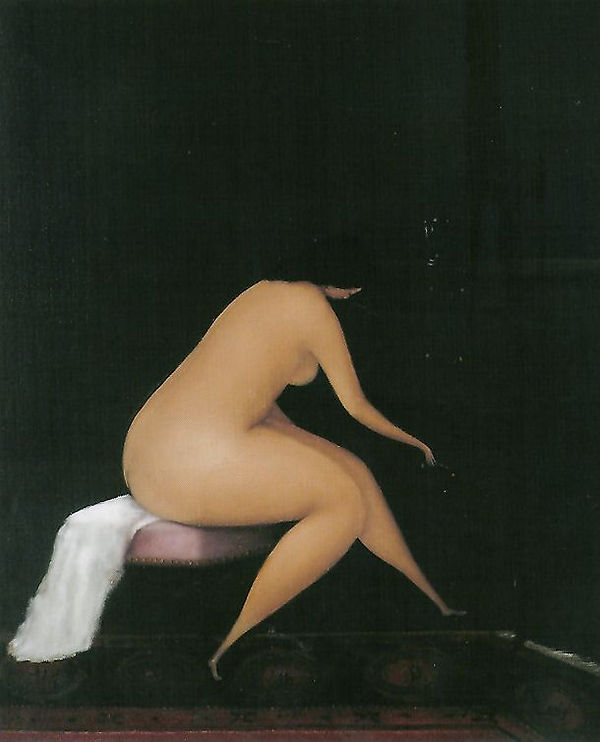
Branko Bahunek
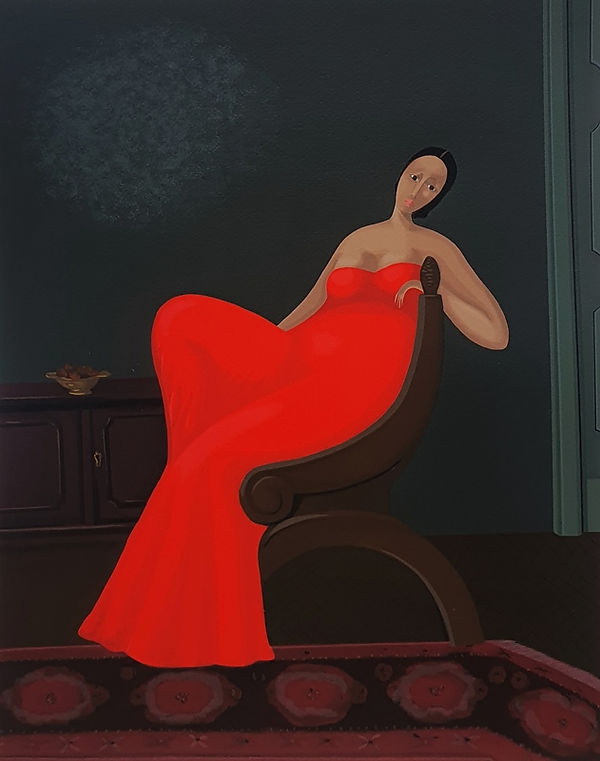
Branko Bahunek

Branko Bahunek

Branko Bahunek

Branko Bahunek

Branko Bahunek
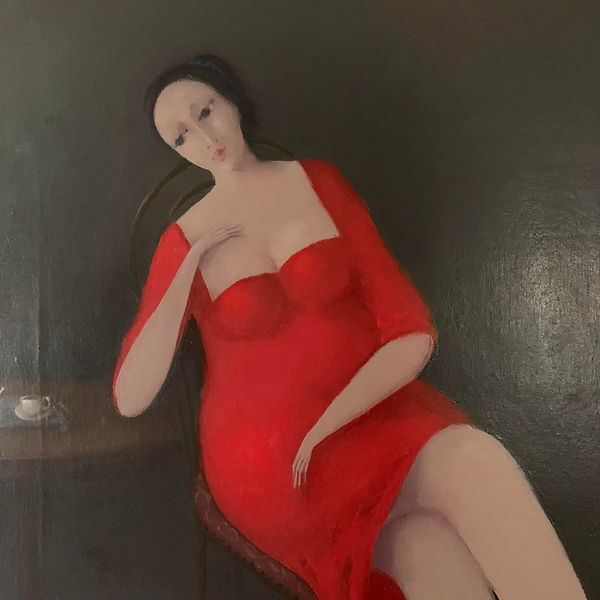
Branko Bahunek

Branko Bahunek

Branko Bahunek
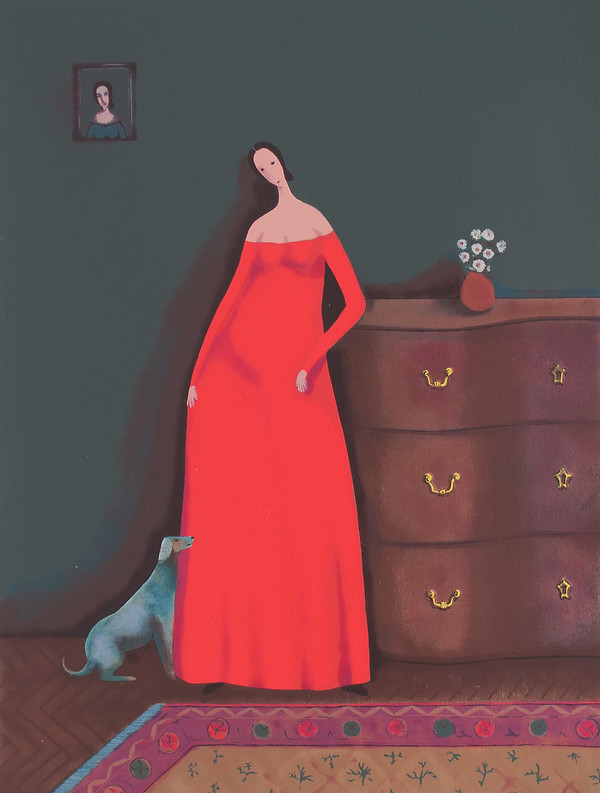
Branko Bahunek

Branko Bahunek

Branko Bahunek

Branko Bahunek

Branko Bahunek

Branko Bahunek

Branko Bahunek

Branko Bahunek

Branko Bahunek

Branko Bahunek

Branko Bahunek

Branko Bahunek

Branko Bahunek

Branko Bahunek

Branko Bahunek

Branko Bahunek
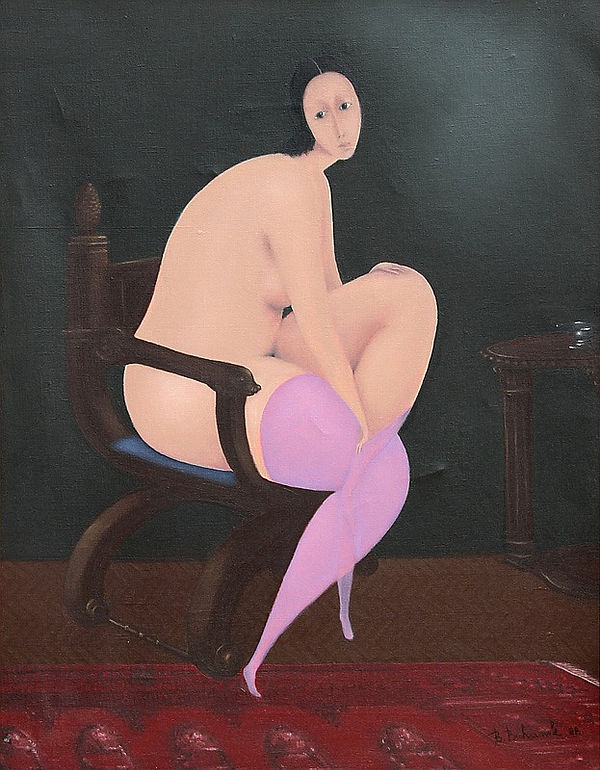
Branko Bahunek

Branko Bahunek

Branko Bahunek

Branko Bahunek
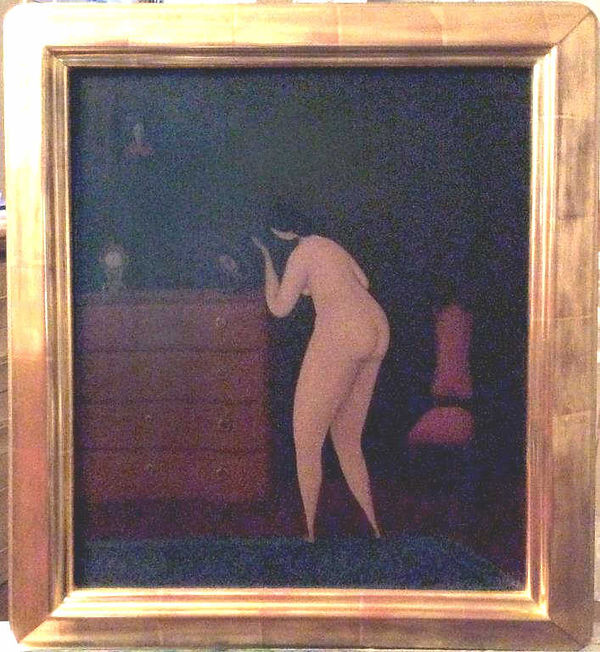
Branko Bahunek

Branko Bahunek

Branko Bahunek

Branko Bahunek
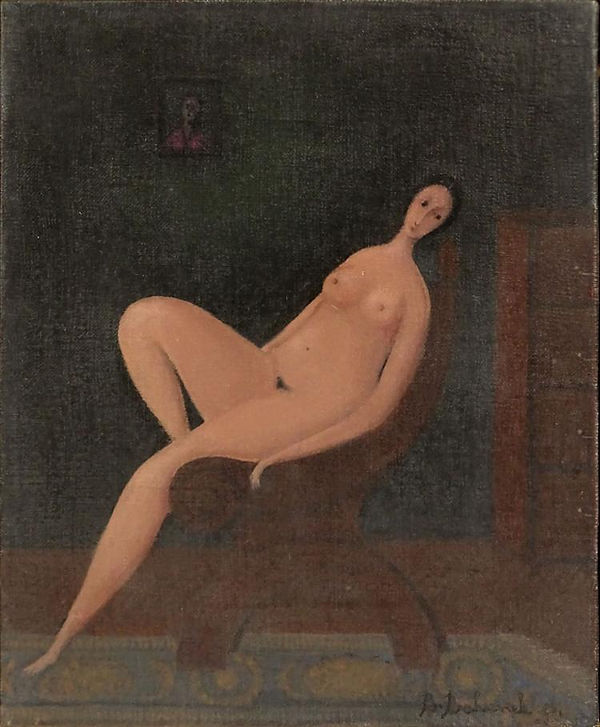
Branko Bahunek

Branko Bahunek

Branko Bahunek

Branko Bahunek